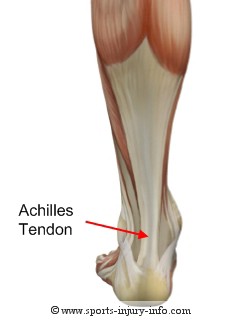It seems to be that time of year when people are becoming more active,engaging in sports and working hard to get in shape for the summer season. In our Mentor office, we have seen a recent increase in stress and overuse injuries over the last month or so, likely attributed to this increase in exercise and activity. Therefore, in the blog below we will discuss some of the most common injuries seen and preventive measures to keep you healthy and active.
Common stress and overuse injuries of the foot and ankle:
Sever’s Disease
Most commonly seen within children between the ages of 10 and 14. This condition invovles heel pain that is due to inflammation of the growth plate at the back of the heel. The Achilles tendon, which is the largest and strongest tendon in the body, inserts into the back of the heel bone, just behind the growth plate. Kids in track, soccer, gymnastics and other sporting activities, who are spending several days a week in these activities will often develop this condition, know as “Sever’s disease” or “calcaneal apophysitis.”
Stress Fracture
Runners training for a marathon, or those walking on a treadmill several times a week can both develop a stress fracture. This often happens when someone abruptly increases their mileage or number of times per week they are exercising. A stress fracture is usually an overuse type of injury that produces acute bone swelling leading to a crack in the bone. It is due to either normal amounts of stress to a weakened bone (as in the cases of osteoporosis), or abnormal amounts of stress to a normal bone (such as with increased mileage). Pain is usually worsened with increased or repetitive activities. Stress fractures are usually not seen on initial x-rays, and sometimes require an MRI or a bone scan to confirm the diagnosis. They are treated with a period of non-weight bearing to the affected area, and usually require crutches and a cast and/or cast boot until the bone heals.
Tendinitis
Tendinitis, similar to a stress fracture, can develop with an increase in mileage or with any repetitive activity. In the foot and ankle, we commonly see tendonitis develop in the Achilles tendon, or on the inside or outside of the ankle depending on the foot type and mechanics. If you have an area of your ankle that swells up with activity, and becomes very sore, you most likely have a case of tendonitis. Controlling foot mechanics with the proper shoes and possibly with arch supports or custom orthotics, can often prevent or be used to treat a case of tendonitis.
Prevention of overuse injuries is the smartest approach. The following are some tips to keep yourself active and exercising, and will help you avoid a period of recovery.
• Foot and ankle stretching excercises are very import before and more importantly, after exercising.
• Appropriate shoes for your activity
• Make sure your shoes are not too worn
• Ice the affected area after a work-out


